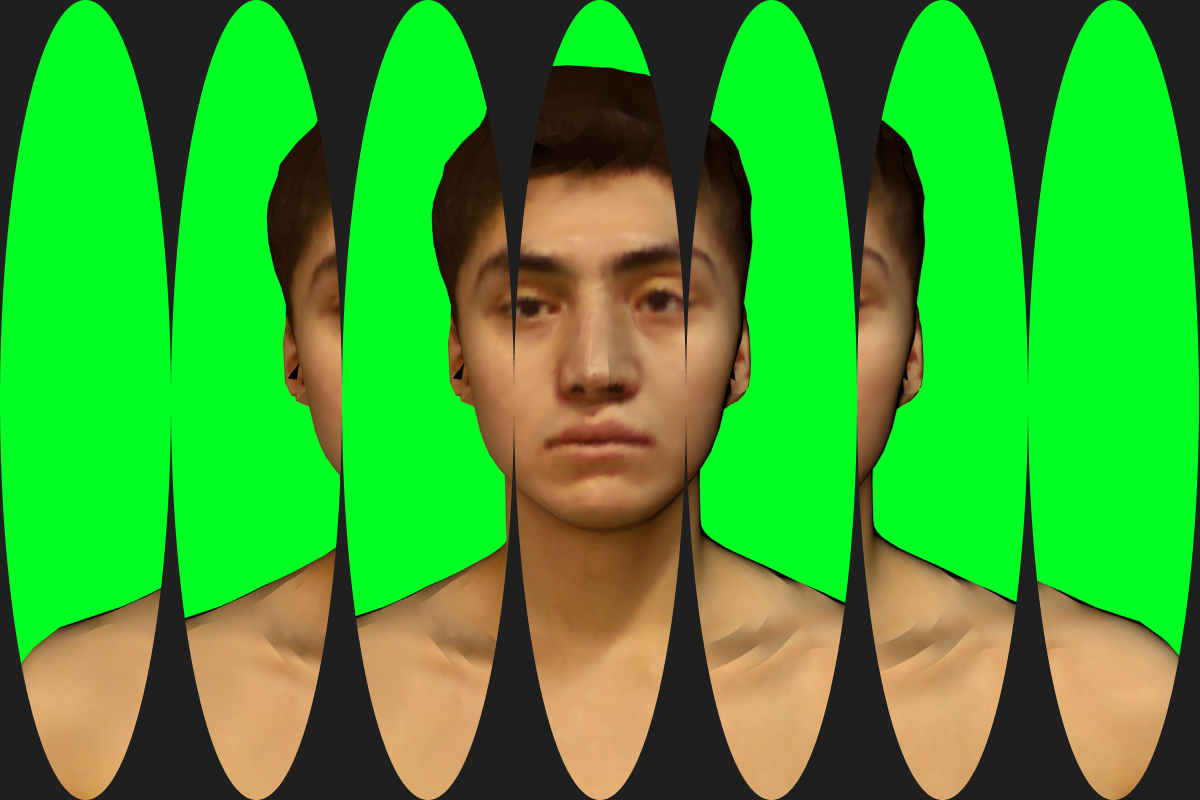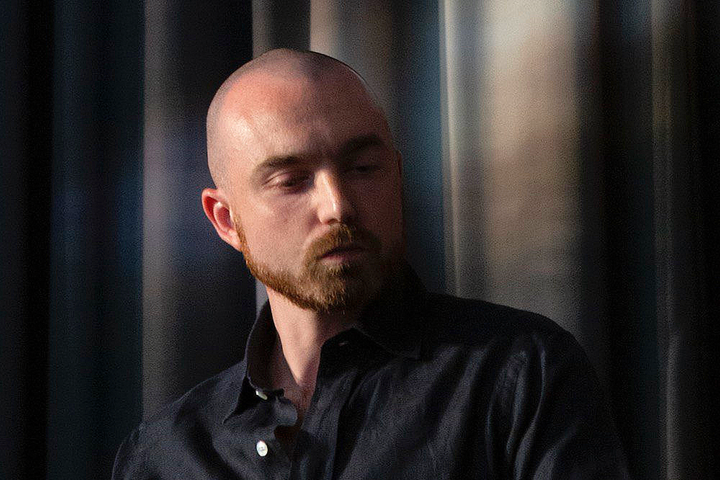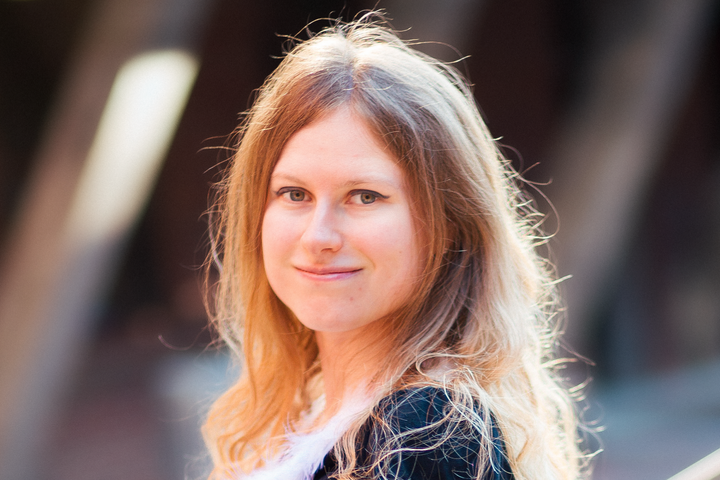Anvar Musrepov, Greenhouses, broken links, and Web3 vs white cube

Anvar Musrepov in dialogue with Andrea Misiano reflects on the role of the curator in the Web3 segment and his own creative evolution in the context of blockchain art.
Anvar Musrepov is an artist, curator, and editor-in-chief of the online anthology Horizon.tselinny.
When did you first hear about blockchains in the context of art? Wasn’t this technology a promising field long before the media hype regarding NFTs?
I first became interested in blockchains when I was thinking about an installation. I wanted to plant a small poppy field in a greenhouse, to create a space with an expansion effect using mirrors. I was reading Timothy Morton at the time and thinking a lot about what "nature" means. I wanted to create an autonomous artificial environment where life sprouts, a kind of symbiosis of life and machine.
The temperature in the greenhouse would be maintained by the excess heat
from the mining farm. Poppy fields are common in Kazakhstan, so for me this
had a double meaning: it is part of the local identity, a symbol of utopia,
fascination, and stupefaction, and in the context of technology it crystallizes
into additional layers associated not with local meanings but with a critique of
technocracy. I proposed this idea for an exhibition in 2017, but unfortunately it
didn’t work out. However, I’m still very interested in the crypto world.
When did you get into NFT technology, and was your interest primarily as a curator, an artist, or a researcher?
I am fascinated by the potential of technology for the exchange of intellectual
property. This could be another technological revolution. The prospect of
integrating technology offers new potential for digital archives and systems
and the distribution of copyrighted content. Now, when requesting image rights for use in online or offline publications, we contact the rights holders and sign contracts. The same happens with video content and films for screenings and film festivals. Blockchain allows us to imagine optimizing these processes by using smart contracts, which could accelerate the development of an international network of cultural organizations. It is also interesting to speculate, as Walter Benjamin suggested, about the inversion of copy and original, where the original will be a digital object and its copy a physical replica integrated into objects and
clothes or produced on 3D printers. NFTs stimulate the imagination, but unfortunately, the majority are dynamic images that are not the highest quality in terms of concepts and visual solutions. On the one hand, data flows have formed a new dimension of the movement of capital, accelerating the market for intellectual property, and on the other, it is obvious that with NFTs quantity does not equal quality. NFT technology has not yet fundamentally changed the art market, something artists have been dreaming about doing since the 1960s, but complements it, becoming an additional layer. Leaving aside today’s NFT culture, the technology itself has much more potential, and in the next five years, the current situation in the mainstream of NFT will seem rather naive. I think it’s
inevitable that the boundaries between the world of cryptocurrencies and
currency economics will disappear. Blockchain technology will also dissolve
into everyday life.
You are the bearer of multiple identities. What opportunities and benefits do you see in the crypto segment of art right now?
I am seeing the slow arrival of artists and curators from the institutional art
world, auction houses, and NFT collections from museums. In a short time, NFTs
have become a given, expanding the possibilities of the art market. As an
artist, I consider one of the advantages of technology to be archiving.
A current problem in the world of science is dead links, pages, or texts that
have ceased to exist and content that has not survived. In this sense, NFTs
can be seen as a time capsule, a secure digital asset that will not see the
history of many artists ending on a 404 page.
What problems do blockchains solve for artists and curators?
The NFT community and the transparency of transactions are attractive
because you can play by different rules, being an artist not by promoting
yourself as a personality on social media but by choosing an avatar and using
a nickname. The media environment and mass culture encourage everyone to
be a public persona and maintain pages on social networks, subordinating all
ideas of success. Anonymous communities, nickname culture, and slipping
away from recognition are an attractive antithesis of Instagram and Web 2.0
culture.
Are the issues and discourses unfolding in the Web3 art segment out of step with the agendas and fashions of contemporary art?
NFTs have rapidly become part of the art market. Today you can find displays with NFT works at every international fair. Large auction houses and museum collections have already mastered blockchain technology and, unlike the cryptocurrency market, NFTs continue to be stable. Ethical questions of anonymity have become prominent among dark web intellectuals, doubting both left and right and acting as the antithesis of web 2.0 culture and social justice warriors. The metaverse is the main direction for many IT corporations, and NFTs will be a key element of the new digital future. Contemporary art is adapting in its own way, and we are now seeing a process of institutionalization and the emergence of filters for the endless flow of images in the form of curators and exhibitions in the metaverse. However, at the level of discourse NFTs are not a sustainable institutional trend. They have more relevance for conceptual designers.
How do you see exhibitions (themes/issues) about Web3 art?
One of the strangest things about metaverse exhibitions is the repetition of the
gallery canon, the proverbial white cube, with paintings placed on virtual walls.
Despite having the possibility to create entire worlds, we repeat the
experience of physical conventional space. Physical exhibitions, on the other
hand, are abandoning the white cube and blurring established frameworks.
This commonplace method used in virtual spaces is paradoxical but often
repeated. It suggests a crisis of the "exhibition" as a form of representation
when we use this concept in the virtual world. Mimicry of the standards of the
physical world may be the first step, but in the future instead of exhibitions we will
wander through artist-created worlds with many different logics of interaction,
reinterpreting the laws of physics or other determinants of physical reality.



